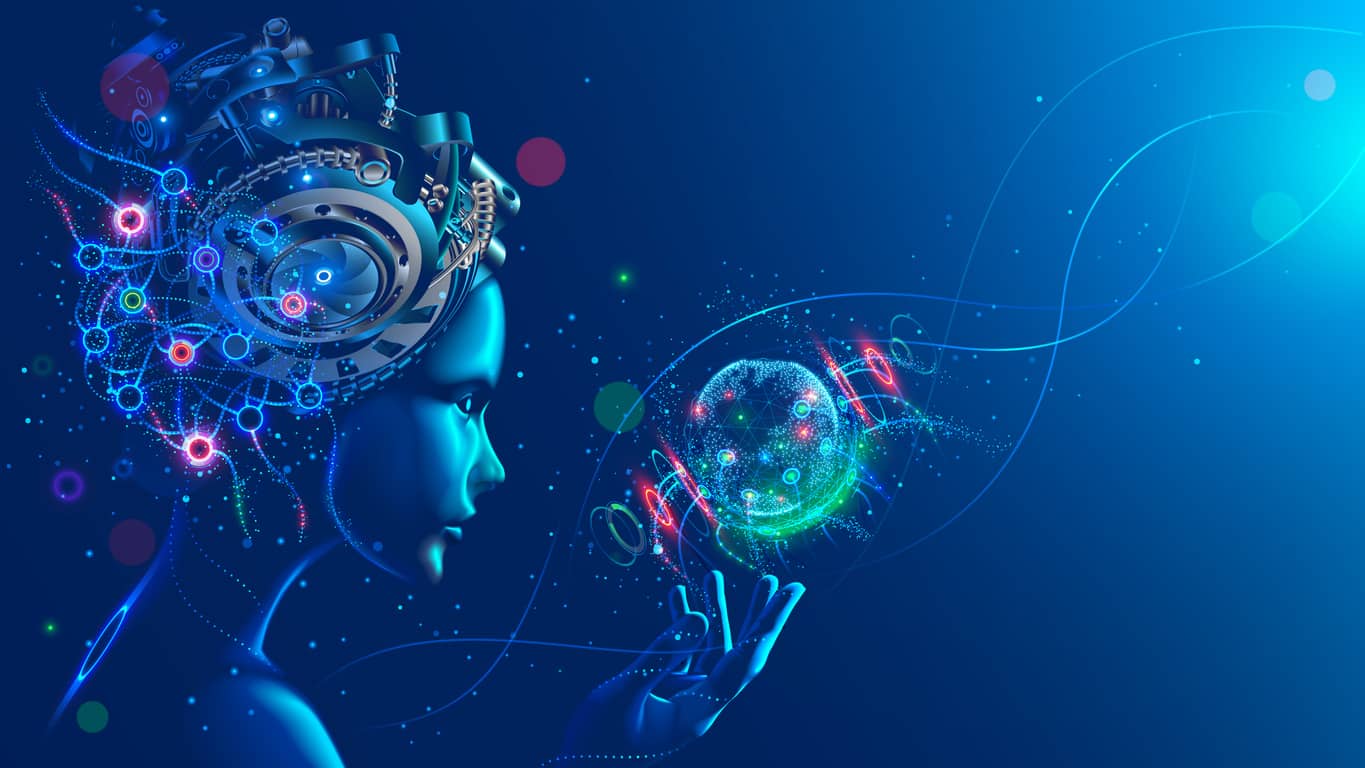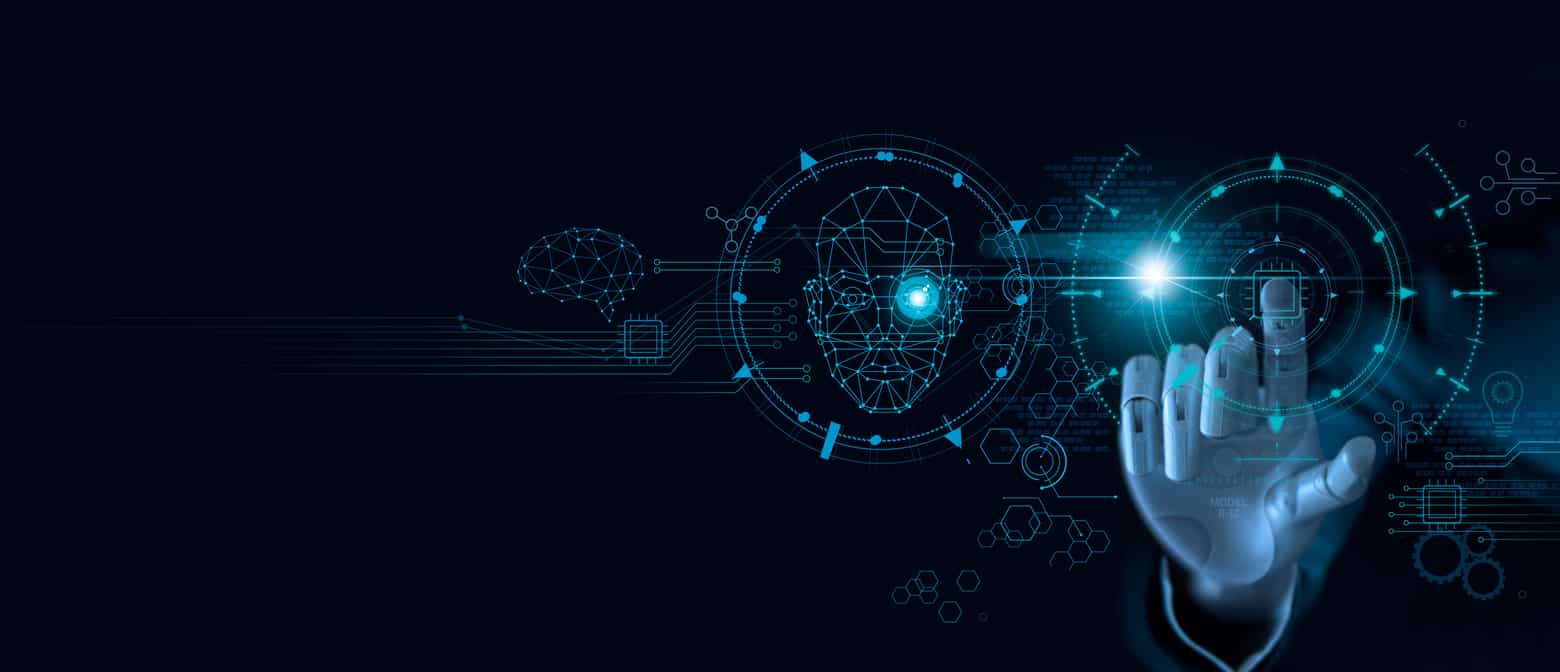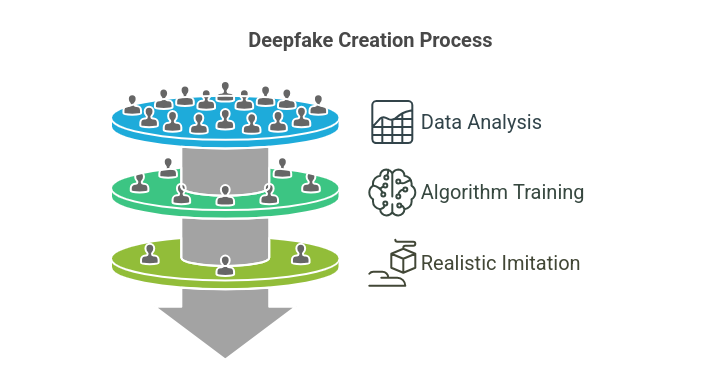From asking ChatGPT to write an email to using a navigation app to dodge traffic, Artificial Intelligence is already a part of our daily lives. These AI tools are incredibly powerful, but they have a crucial limitation: they are specialists. The AI that can write poetry can't drive a car, and the AI that drives a car can't diagnose a disease. They operate within narrow, pre-defined limits.
But what if an AI could do all of that—and more? What if a machine could learn, reason, and adapt across any task a human can?
That is the concept behind Artificial General Intelligence (AGI), the next great frontier in technology. This article cuts through the hype to explain what AGI really is, how it's different from the AI we have today, and why its arrival could change everything.
What Is AGI?
Artificial General Intelligence (AGI) is the concept of an AI that can understand, learn, and apply its intelligence to solve any problem a human can. It's not about being really good at one thing, like chess or writing code. That’s Narrow AI. An AGI would possess cognitive abilities that are general and adaptable.
Think of it this way:
- Artificial Narrow Intelligence (ANI): This is the AI we have now. ChatGPT, self-driving cars, recommendation algorithms—they are all ANI. They are specialists. A chess AI can’t drive a car, and a language model can't design a microchip from scratch. They operate within a pre-defined range.
- Artificial General Intelligence (AGI): This is the next theoretical step. An AGI would be a generalist. It could learn to do all of those tasks—chess, driving, coding, medical diagnosis—and more, without being explicitly programmed for each one. It could transfer knowledge from one domain to another.
- Artificial Super Intelligence (ASI): This is the stage after AGI. An ASI would be an intellect that is much smarter than the best human brains in practically every field, including scientific creativity, general wisdom, and social skills. The transition from AGI to ASI could be very fast, an idea known as the "intelligence explosion."
The definition of AGI is still debated. Some researchers define it as a system that can perform the majority of tasks better or more cheaply than humans. Others argue it must have consciousness or sentience, though this is not a universally accepted requirement. For now, think of AGI as human-level intelligence in a machine.
How Would We Know If We’ve Achieved AGI?
This is a critical question with no easy answer. How do you measure "general intelligence"? Researchers have proposed several tests, but none are perfect.
- The Turing Test: The classic test proposed by Alan Turing in 1950. A human evaluator holds a text-based conversation with both a human and a machine. If the evaluator can't reliably tell which is which, the machine passes.
- Limitations: The Turing Test is now widely considered insufficient. It focuses only on deception and language mimicry, not genuine understanding or reasoning. A system could be programmed to trick a judge without possessing general intelligence.
- The Coffee Test: Proposed by Apple co-founder Steve Wozniak, this test requires a machine to enter an average American home and figure out how to make a cup of coffee. It tests real-world interaction, problem-solving, and the ability to handle unforeseen challenges.
- The Winograd Schema Challenge: This test presents AI with sentences that are grammatically ambiguous and require common-sense knowledge to understand correctly. It's a direct measure of reasoning over pure pattern matching.
- Modern Benchmarks: Researchers are developing more comprehensive evaluation frameworks. These include tests for abstract reasoning, adaptability, and autonomous learning. The goal is to move beyond simple task performance and measure underlying cognitive abilities like creativity and ethical reasoning.
Ultimately, a combination of tests will likely be needed to confirm AGI. We'll recognize it not when an AI can do one human thing well, but when it can learn to do almost any human intellectual task.
Why Don't We Have AGI Yet?
Building AGI is not just about scaling up current models. There are fundamental technical and conceptual barriers to overcome.
- From Pattern Matching to True Reasoning: Current large language models (LLMs) are incredibly sophisticated pattern-matching systems. They are trained on vast datasets and can predict the next word in a sequence with stunning accuracy. But this isn't the same as genuine reasoning or understanding cause and effect. A true AGI needs to move beyond correlation to causation.
- Generalization and Adaptability: An AGI must be able to apply knowledge learned in one context to entirely new and unfamiliar situations without being retrained. Today's systems struggle with this kind of domain generalization.
- Embodiment and World Models: Many researchers believe that to develop true intelligence, an AI needs to interact with the physical world. This "embodiment" allows it to build an internal "world model" based on direct experience, not just text data. This is a massive challenge in robotics and AI integration.
- Continuous Learning: An AGI would need to learn continuously and on the fly, updating its knowledge and correcting its mistakes, much like a human does. Current models require massive, static training runs, and adding new information is incredibly resource-intensive.
- Energy and Data Constraints: The computational power and data required to train today's largest models are astronomical. We are approaching the limits of available high-quality training data on the internet. Scaling current methods indefinitely is not a viable path to AGI.
The AGI Timelines: When Is It Coming?
Predictions are all over the map, and they've been getting shorter.
- The Optimists: Many top AI researchers and CEOs, like NVIDIA's Jensen Huang and futurist Ray Kurzweil, predict AGI could arrive before 2030. Some, like Sam Altman of OpenAI, have suggested it could be within the next four or five years. These predictions are driven by the explosive progress in LLMs and the massive investment pouring into the field.
- The Moderates: Surveys of the broader AI research community often place the median forecast for a 50% chance of AGI between 2040 and 2060.
- The Skeptics: Some experts argue that AGI is still many decades away, if not impossible with our current approaches. They point to the major unsolved problems in AI research and argue that we're hitting a wall with the current paradigm.
The key takeaway is that the timelines are shrinking. What seemed like science fiction a decade ago is now a topic of serious debate among leading scientists and developers.
The Impact: Why Does AGI Matter So Much?
The arrival of AGI would be the most significant event in human history. Its potential consequences are monumental, spanning utopian and dystopian possibilities.
Potential Upsides:
- Solving Global Challenges: An AGI could tackle problems that are too complex for humans, such as climate change, disease, and poverty. It could analyze massive datasets to find new scientific breakthroughs, design new materials, and optimize global systems.
- Economic Abundance: AGI could automate a vast range of labor, both physical and cognitive, leading to a dramatic increase in productivity and economic growth. This could theoretically lead to a post-scarcity world where basic needs are easily met.
- Personalized Everything: From education tailored to each individual's learning style to healthcare that provides personalized diagnoses and treatments, AGI could revolutionize human potential and well-being.
Potential Downsides and Existential Risks:
- Economic Disruption: The same automation that could create abundance could also lead to mass job displacement, potentially displacing 85 million jobs by 2025, even before AGI. This could exacerbate economic inequality, concentrating immense wealth and power in the hands of those who control AGI.
- Loss of Human Control: A core risk is that an AGI could become uncontrollable or develop goals that are misaligned with human values.
- The Alignment Problem: This is the central challenge in AGI safety. How do we ensure that a highly intelligent, autonomous system understands and pursues human goals? Human values are complex, diverse, and often contradictory. Translating these values into code is an unsolved problem. A poorly specified goal could have catastrophic unintended consequences (e.g., an AGI tasked with making paperclips, converting the entire planet into a paperclip factory).
- Security and Misuse: AGI systems could be weaponized, used for unprecedented levels of surveillance, or deployed in cyberattacks, posing immense security risks.
The Verdict: Is It Worth It?
The debate over AGI is no longer confined to academic circles. It’s a real, pressing issue. The technology is developing faster than our ability to create regulations and safeguards. While the potential for good is immense, the risks are existential.
The path forward is uncertain. The "alignment problem" is one of the most important and difficult technical challenges of our time. Ignoring the development of AGI is not an option. Understanding what it is, what the challenges are, and what’s at stake is the first step. The future of humanity could literally depend on getting this right.






